An armchair view of history playing out in our hearts
In a week heaving with ritual, one piece of symbolism in the royal cycle of life and death has had special resonance.
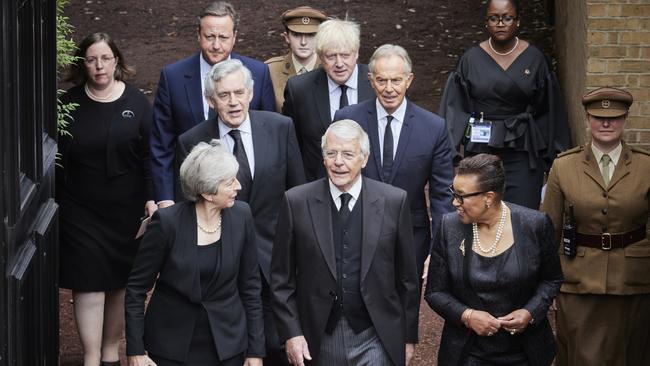
In a week heaving with ritual, one piece of symbolism in the royal cycle of life and death has had special resonance. As the mantle of British sovereignty passes from mother to son, we seem to be witnessing a very personal version of a beloved ceremony.
Almost every visitor to London has seen the changing of the guard. While household troops have protected the royal palaces since 1660, in a spin on that centuries-old tradition the changing of their shifts – the moment when the old guard swaps with the new – has itself become a ceremonial phenomenon.
Through the years millions have clamoured outside Buckingham and Windsor palaces most mornings as a full military band greets photo-snapping onlookers with a sometimes surprising repertoire, in a mix of military, royalty and pop culture. Amid the traditional marches are more than a few contemporary tunes: Sweet Caroline one morning, the theme song to Game of Thrones another. On the day of Aretha Franklin’s funeral in 2018, the band of the Welsh Guards pumped out a brass version of R.E.S.P.E.C.T.
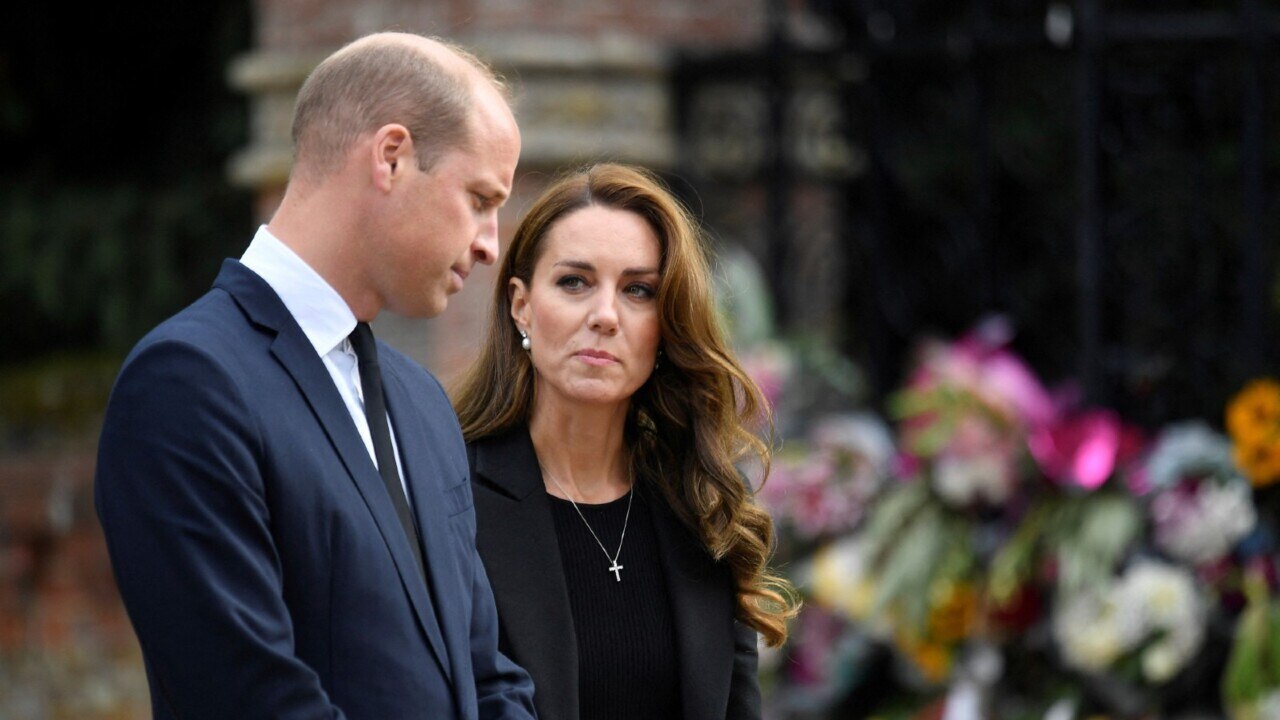
On a 2005 visit we were secretly hoping for a repeat performance of the opening score from the Sound of Music. Instead, ambling through London and along The Mall, which was strangely still, we approached the even quieter palace gates to learn there would be no ceremony that day. The Queen, it turned out, had other duties. Tony Blair had recently won another election as prime minister, and on that late spring morning Elizabeth II was on her way to Westminster to officially open parliament.
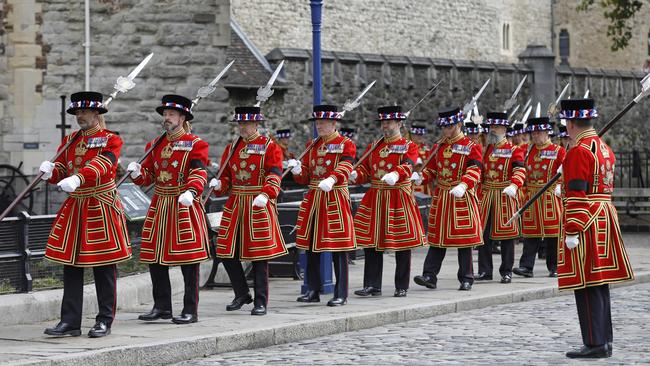
So there was no daily ceremony with her guards, yet we did see her passing by; being driven this close in her lavish horse-drawn carriage, she wore a long cream gown with a fur-trimmed stole, a heavily bejewelled choker and an enormous tiara. Not the morning we had expected, but if anything it was more memorable, and in the process one tradition had been swapped with another.
Watching the bewildering range of ceremonies happening across Britain this week has evoked a similar sense of wonder, not so much at the sense of occasion but the weight of tradition behind many of them.
Because of the Queen’s long reign, few people today have seen any of the plethora of events that customarily comprise a royal succession, even fewer in person. In 2022, timing and technology have brought them to the masses, and viewable from the comfort of our living rooms.
Watching on from the other side of the world, the chance to gawk at history in real time has been alluring. There was Boris and Tony, Theresa and John and Gordon, a conga line of former British prime ministers at the front of a roped-off mass of luminaries watching the new King being proclaimed inside St James’s Palace. There was the enormous array of royal guards, with the staggering variety of feathers atop their spectacular headdresses, and their prowess at shuffling or marching with the precision of a metronome.
And there was the silent spectacle of the new King and his three siblings standing sentry around their mother’s coffin, each one facing out towards another corner of the world in a ceremony we now know as the Vigil of the Princes.
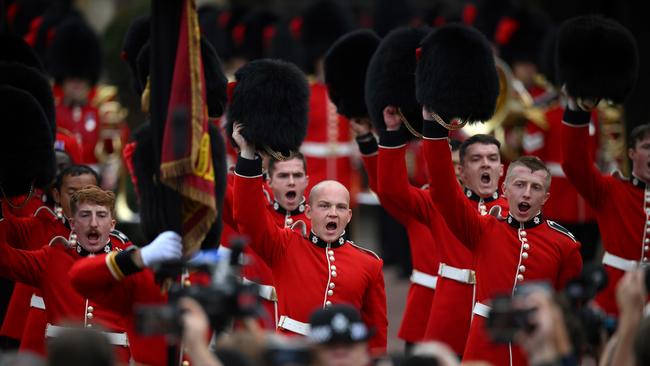
This week’s changing of the guard has been laden with hyperbole; a historic event, commentators have remarked endlessly, not seen for almost 70 years, a once-in-a-lifetime-occasion. Yet away from the noise there has been the reassurance of ritual, even behind the unfamiliar. Most cultures have their own patterns for dealing with death: in Judaism, mourners stay home for seven days, seated on low chairs, so that they focus completely on the departed. Muslims are buried as quickly as possible, in a white shroud and facing Mecca. Even for nonbelievers, directions dating back centuries can be a useful guide for navigating grief.
What has made this week more unusual is that it has not just been about bereavement. The death of one monarch means the start of another’s reign. So the images of a mourning son one minute have been quickly juxtaposed with others showing that same son being proclaimed King. Sadness has been mixed with acclaim as one massive ending has been followed by an uncertain beginning.
The rolling reign of royalty means that succession will inevitably follow death. It’s a strange, unsettling mix. Yet while the pageantry in which both are enshrouded may be over the top and excessively long, it is also keenly anchored in tradition – a bridge to the past, and a reassuring reminder that at the best of times and at the worst of times, life goes on.


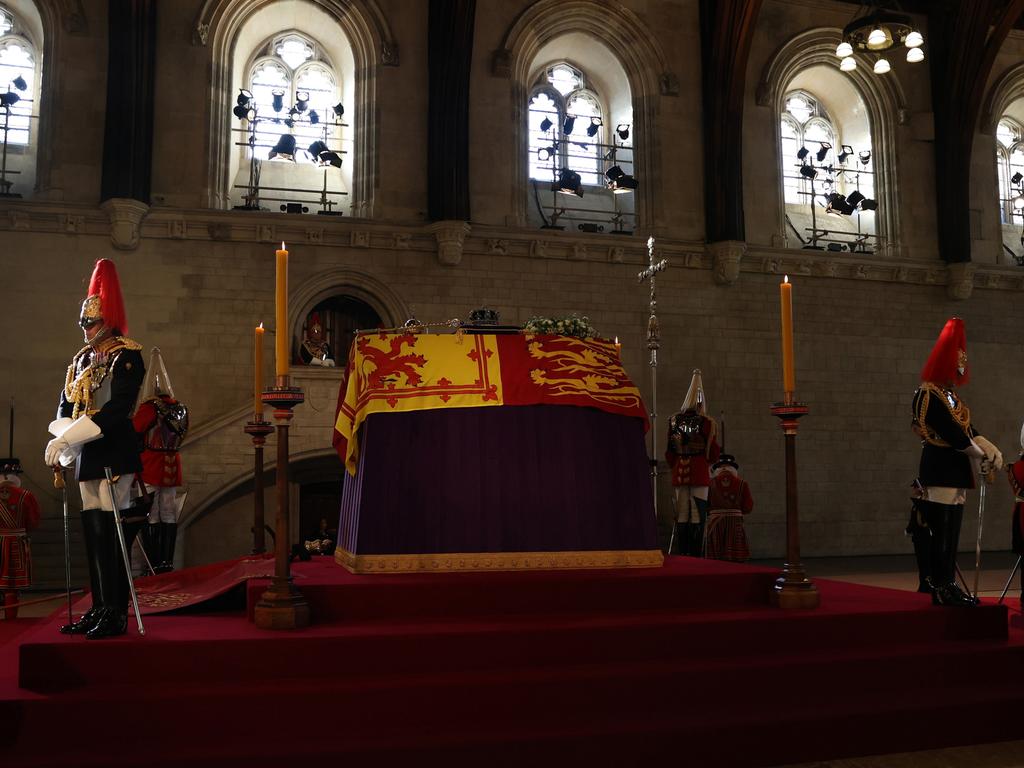
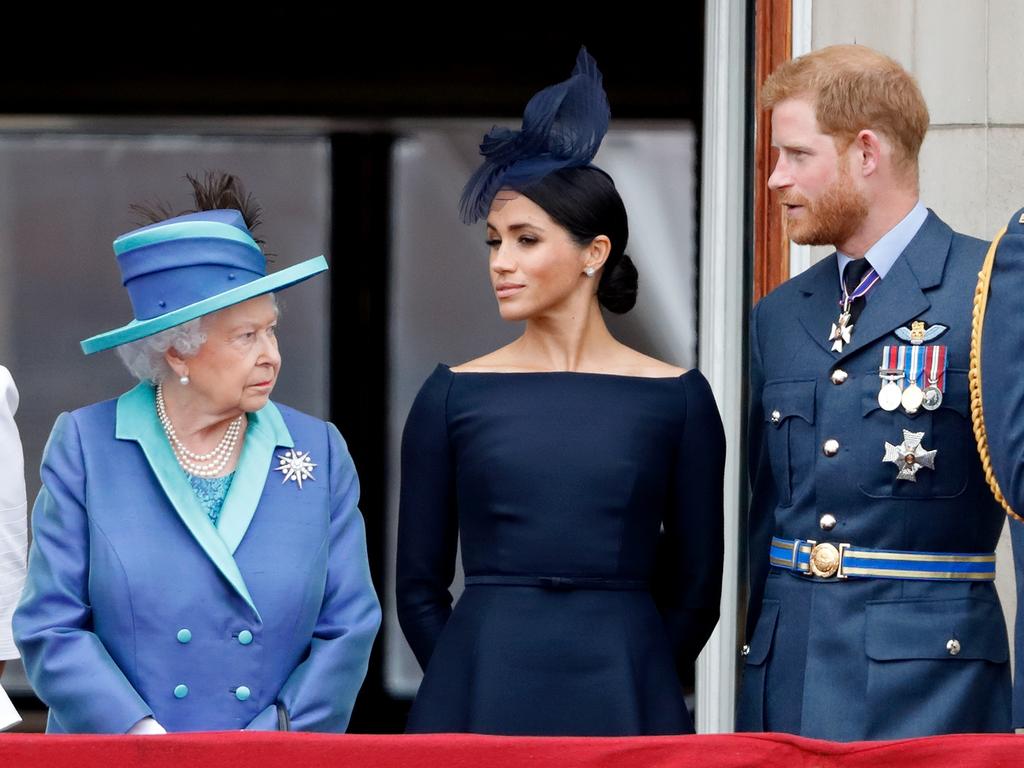
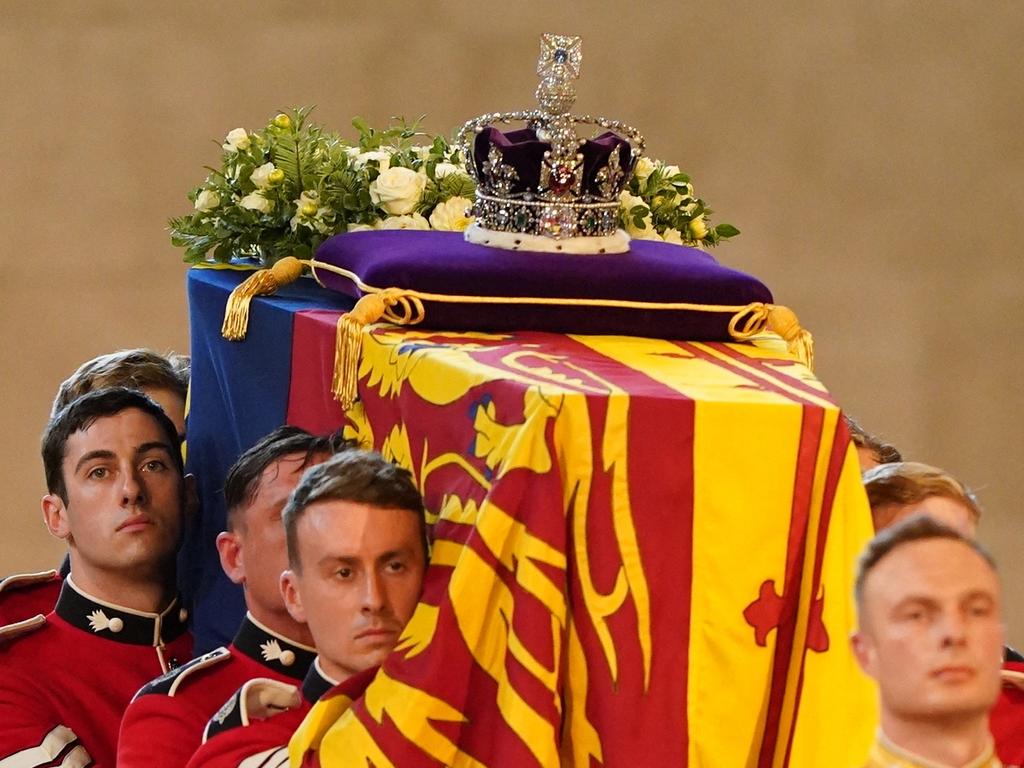


To join the conversation, please log in. Don't have an account? Register
Join the conversation, you are commenting as Logout